President Donald Trump's announcement on April 2 emerged as a new troublemaker for the global economy. Trump imposed aggressive deducted reciprocal tariffs on over 180 countries, and the ripple effects are felt far beyond America, impacting Asian and European markets with significant declines. It's a chaotic situation in global stock markets, leading some to speculate that the world's most resilient economy is tipping towards recession. This scenario brings back the fear of the Great Depression of 1929.
The tariff bomb reignites memories of Black Tuesday, the 'ominous Tuesday' that wreaked havoc worldwide. We'll reveal what transpired 96 years ago on that fateful Tuesday, an event so powerful that it still serves as a cautionary tale to today’s top business magnates and financial analysts concerning stock markets.
Before the Bad Test, the Feel-Good Era...
If asked where in the world one could lead a life of luxury, prosperity, and happiness, many would immediately think of the American Dream. The story of America's wealth, personified by Uncle Sam, isn't new.
Almost a century ago, in the fall of 1928, America’s future President Herbert Hoover declared, ‘
We are nearer today to the ideal of the abolition of poverty than ever before in any land.’
Most Americans agreed. People had never experienced a better quality of life. The unemployment rate was only 4%, meaning 96 out of every 100 people had jobs.
Jazz music was in vogue, radios were selling fast, and electric and telephone lines were rapidly expanding. People were living comfortably, with the ease of shopping on credit, and cars became affordable enough for the middle class. Real estate was booming in cities like Florida, with houses and plots selling briskly. Everyone wanted to invest in stocks, often even taking loans to double or triple their money in the bullish stock market. Life was full of enjoyment.
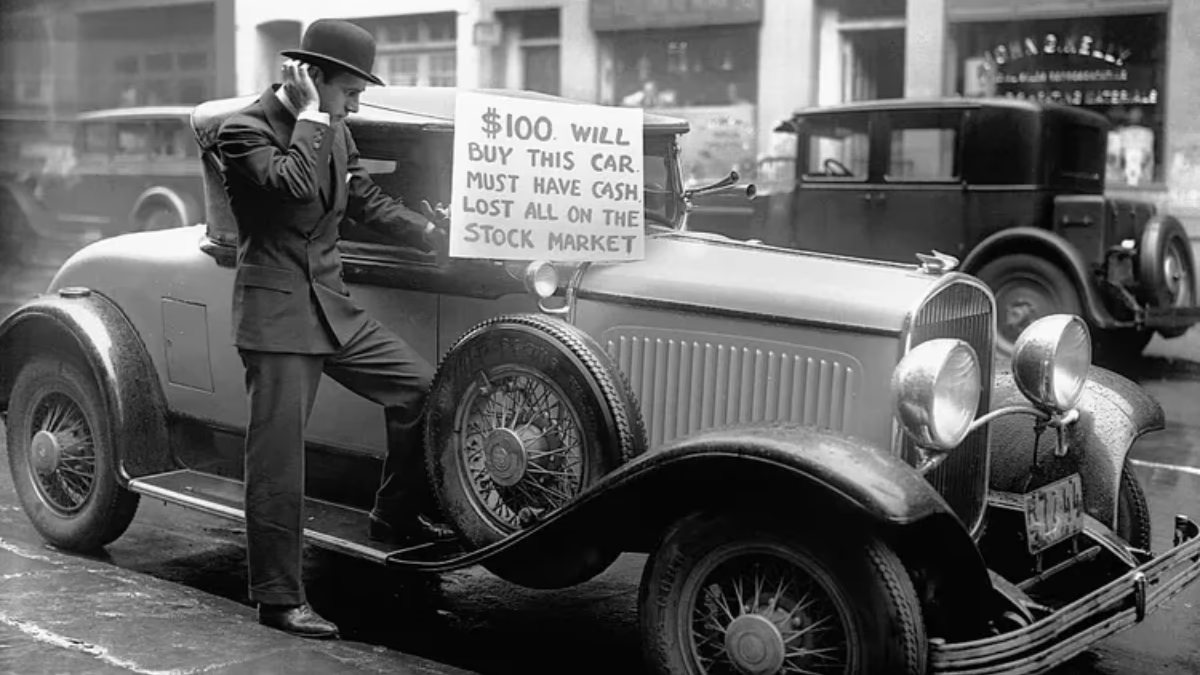
Source: aajtak
The Painful Knock of Economic Depression...
However, just a year later, financial panic took over. The New York Stock Exchange collapsed, businesses shuttered, banks failed, millionaires were bankrupted, and ordinary citizens lost their lifelong savings. Jobs and homes were lost, and within a few years, one in four Americans was unemployed. This economic crisis spread from America to the rest of the world, becoming modern history’s greatest calamity known as the Great Depression.
October 29, 1929, went down in history as ‘Black Tuesday,’ when the American stock market crashed, heralding a severe depression in economies worldwide. What catalyzed this day?
From Black Thursday to Black Tuesday...
Picture a shiny morning in New York, where everything seems normal. People are busy with their lives, and the stock market is buzzing. Investors, anticipating a bullish market, are now preparing to sell their shares. Yet, change was on the horizon.
Though this distressing story began a week earlier on Thursday, October 24th, no one then perceived the depth of the crisis. Share prices continued falling, only to be temporarily propped up by some businessmen’s buying frenzy, shouting that there was no crisis, urging calm. Prices temporarily rallied, instilling a sense of relief, but this was merely the calm before the storm. October 28th, known as Black Monday, hinted at decline, but the market once again dismissed it. Then came Tuesday, October 29th, a day the world could never forget.
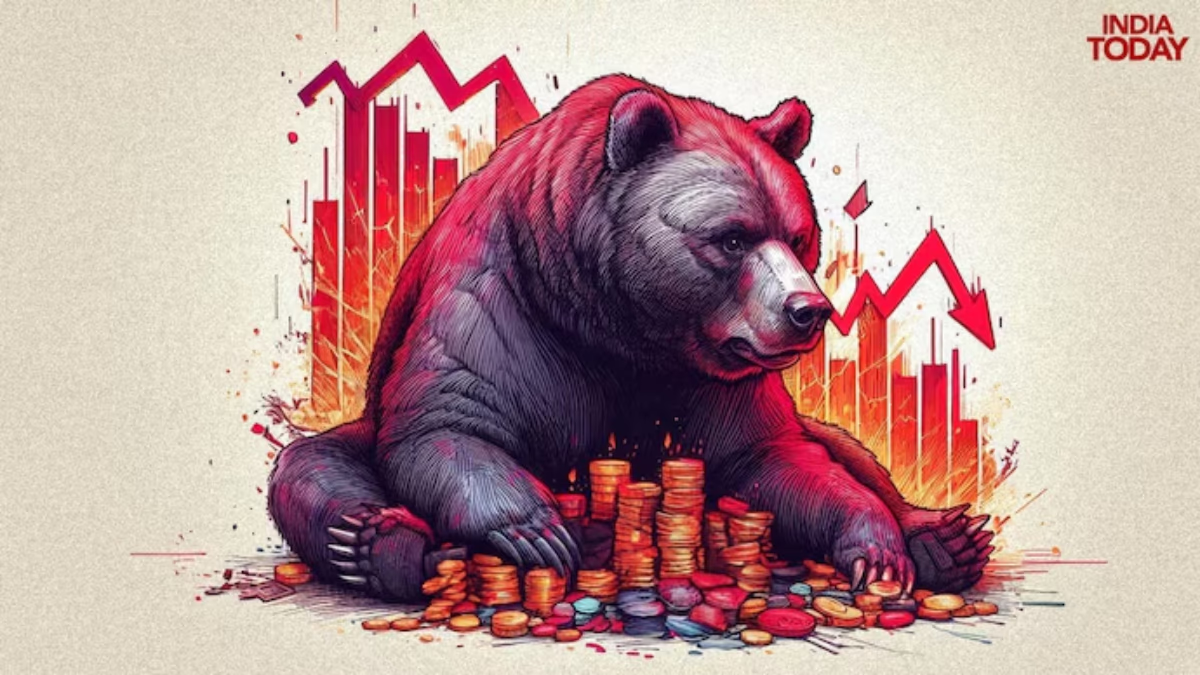
Source: aajtak
What Happened That Day?
On this day, approximately 16 million shares were traded on the New York Stock Exchange, yet a sharp decline soured the mood. An alarming 11.73% drop left investors watching helplessly as their fortunes evaporated. The air in Wall Street was dense with cries of ‘sell, sell’; millions of dollars disappeared into thin air.
The market lay flat, and panic gripped people. A woman’s tragic leap from a Manhattan skyscraper’s 44th floor symbolized the dire desperation. Actor Groucho Marx saw his wealth vanish. Over the next two years, two thousand banks went bankrupt, erasing people’s savings. Fear swept through, with panic-stricken investors running wild and even a man painting on a high building caused alarm, thought to be a potential suicide case driven by ruined finances.
Frightened citizens rushed to banks to withdraw money, but they found locked doors instead. Banks weren't in a position to return people’s money; those who had borrowed to invest in stocks couldn't repay, while banks themselves had gambled away deposits on now worthless stocks.
For those whose savings vanished, the crisis was severe, but for those who had borrowed to invest in the stock market, the situation was even worse—they lost their investments but still had loans to repay. Trapped in this crisis led nearly 11,000, or about half, of America’s banks to close over the next four years. Even banks that stayed open became feared and distrusted.
Industries shut down, and banks were collapsing. Post-crash, people realized they had been living in a fantasy where factories existed but had no market for their products. Jobs were lost; farmers had harvests ready, but no buyers were present. Devastation was everywhere, with people lacking money even for food. Breadlines snaked for miles at centers providing free meals, with NYC serving at least 82,000 daily free meals. The homeless flooded the streets.
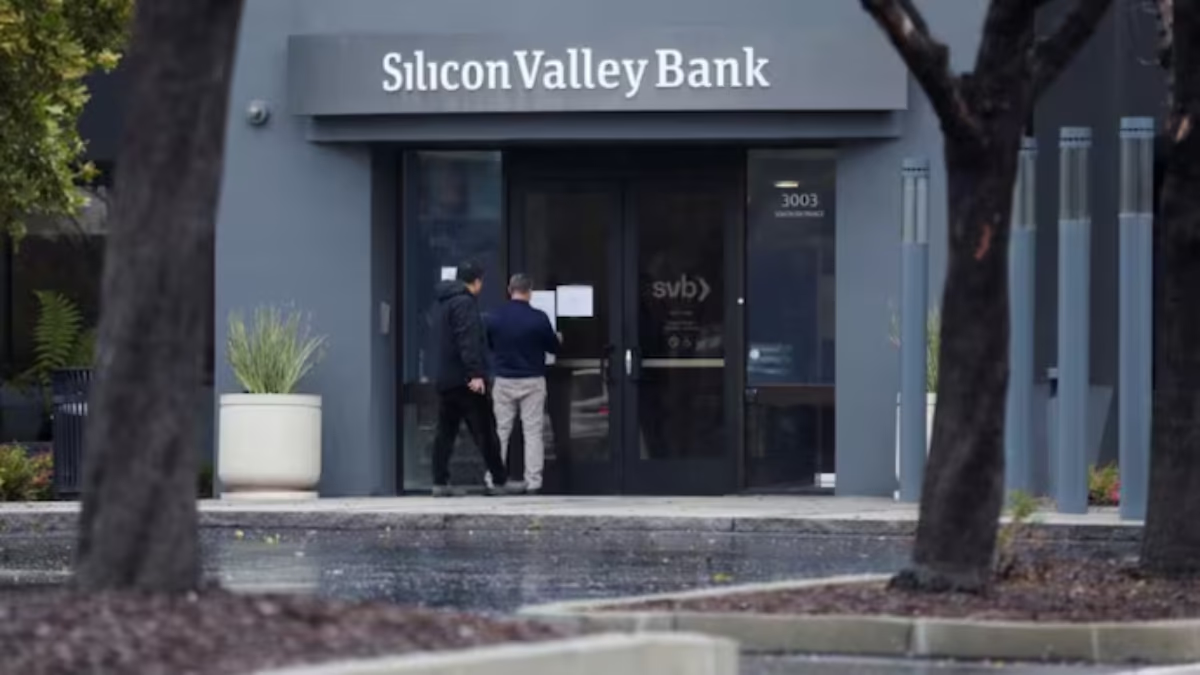
Source: aajtak
Global Impact of the Great Depression
American companies had a global influence. When US banks crumbled, Europe’s banks began failing one after another. The economic depression was global, affecting industries across Europe, Asia, and other continents. Income declined everywhere, with unemployment soaring to 33% in several countries. Between 1929 and 1932, there was a shocking 45% drop in global industrial production. Many countries continued struggling with supply chain issues for decades.
For houseless Americans, President Hoover’s ‘Hoovervilles’ became a subject of ridicule. Economists urged the government to take strong action to stabilize the situation, yet little was done. While a dam project offered jobs to 5,000 people, it was insufficient to combat the massive crisis.
Measures to Alleviate the Fear
Navigating through this crisis, New York Governor roosevelt introduced a model by emphasizing governmental support for individuals in need, recognizing their past contributions to national development before losing jobs. He initiated the TERA program to ensure unemployed persons had sufficient sustenance to live, besides attempting more employment opportunities.
Roosevelt proposed extending the program nationally and announced his presidential candidacy. Rising to the challenge of a struggling nation, the public elected him. Becoming President on March 4, 1933, Roosevelt formed a ‘Brain Trust’ advisory group, which devised new strategies to uplift America from its predicament and spur growth. Prohibition laws were repealed to boost government revenue through liquor taxes. The TERA program decided to use perishable crops to feed people, initiating school lunch programs to shield children from hunger and ease household burdens.
Under Roosevelt’s administration, the stock market fell under governmental oversight, and stringent trading regulations were introduced. Joseph Kennedy chaired the Stock Exchange Commission. To resolve banking crises, only fundamentally strong banks were permitted to operate. The CWA program created millions of jobs across road, park, school, bridge, and outbuilding construction projects, providing employment for over four million in the working class.
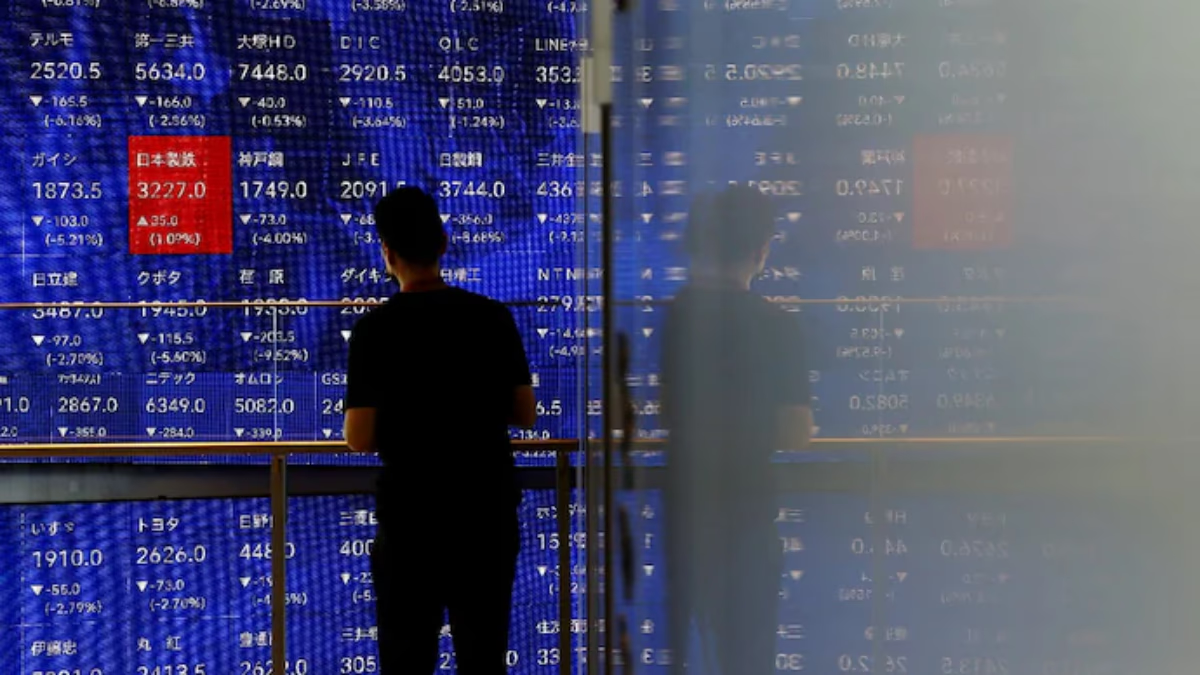
Source: aajtak
Two Sides of Every Coin...
Eventually, Japan's attack on America’s Pearl Harbor base in 1941 forced the US into war. War efforts spurred factory operations and frontline recruitment. The US's involvement in World War II naturally resolved unemployment and industrial stagnation problems.
By 1945, as World War II ended, America had emerged from its economic dip as the world’s wealthiest nation. Even nine decades later, America leads global commerce, with its policy changes reverberating worldwide. A negative signal from the US Federal Reserve still rattles global stock markets, while positive news induces a substantial surge.
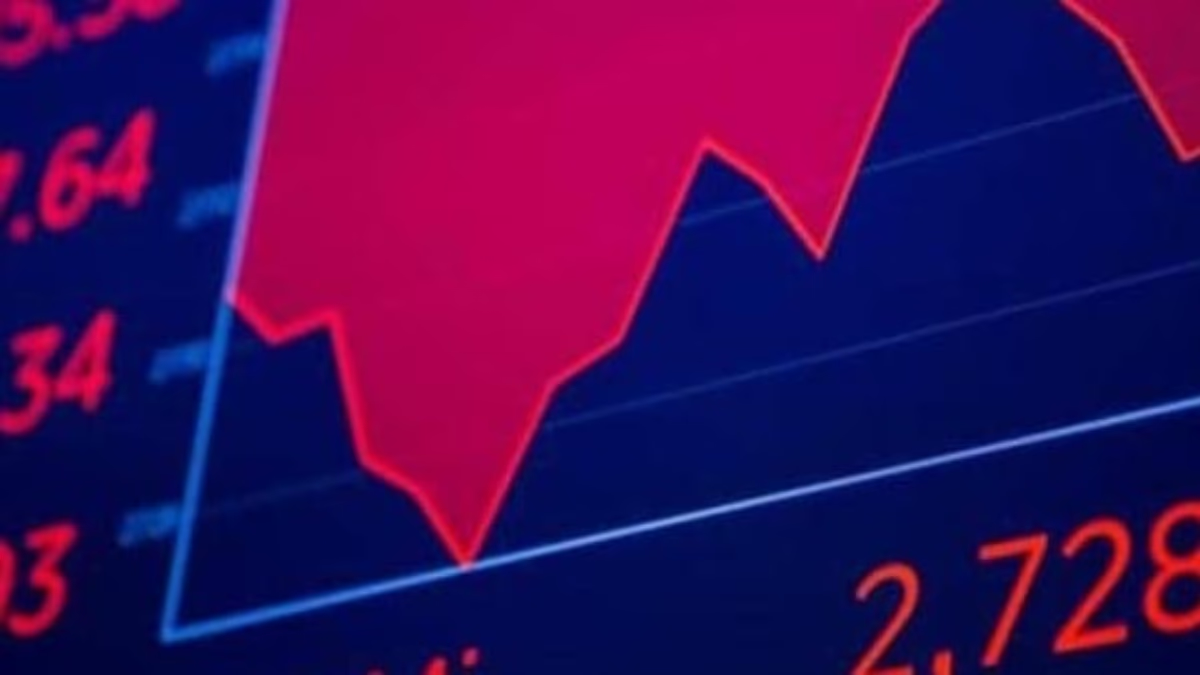
Source: aajtak
Economic Crises Through the Ages
#1929 Great Depression-
This economic crisis began in the US and had global ramifications. Stock market crashes, unemployment, and industrial output declines characterized it, lasting until 1939.
#1973 Oil Crisis-
This recession was triggered by OPEC’s oil price hikes, leading to economic turmoil and high inflation in many developed nations.
#2002 Recession-
Following the dot-com bubble burst and the 9/11 attacks in 2001, this recession troubled the world for years, with companies collapsing, rising unemployment, and economic downturns seen in many countries. The NASDAQ index endured an almost 80% loss between 2000 and 2002.
#2008 Financial Crisis-
Originating in America’s housing sector, this meltdown affected the world, causing bank failures and economic downturns, with rising unemployment and reduced growth across several countries.
#COVID-19 Lockdown-
Commencing towards the end of 2019, the pandemic and resulting lockdowns severely impacted the global economy. A 3% dip in global GDP was more significant than previous crises.




